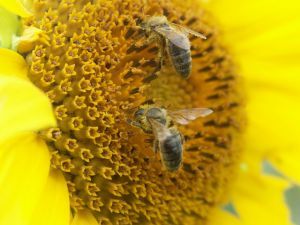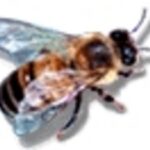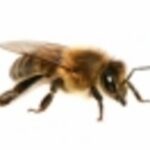If you’re looking for treatment for wasp stings, chances are that you’ve just been stung by a wasp or hornet. If so, hold off on the first aid and remedy seeking until you’ve assured yourself that you don’t have any signs of anaphylactic shock, such as confusion, nausea and vomiting, allergic swelling in the face, or difficulty breathing. Those symptoms sometimes accompany bee or wasp stings and should compel you to go to the emergency room immediately instead of reading this article.
With that out of the way, make sure that you’ve actually been stung by a wasp or hornet, and not some other insect, because the treatment isn’t always the same. Wasps are tricky. When I was stung, I was having a good day. As I stepped into the shower, the sun was shining and the birds were singing outside my window. Little did I know what danger lurked hidden in my towel. When I went to dry off, I felt a jolt of pain up my arm like electricity. I wondered if I’d been cut at first, because I couldn’t see a wound. But when I shook the towel out and a wasp flew off, I searched again and found a rapidly swelling red dot on my arm.
My first instinct was to squeeze the wound, and as it turns out, this was the right instinct, because wasps and hornets are venomous. By squeezing, I forced the venom to stay closer to the site of the wasp sting and not spread throughout my arm. Here’s what I should have done next.
1. Remove the stinger. Bees usually leave their stingers in your wound; wasps might not. But if you can see the stinger, use a butter knife going against the direction of the entry wound or use a pair of tweezers. Be careful that you don’t forcibly inject more venom into your wound during this process. If you don’t see a stinger, it’s probably not there-wasps use their barbed stingers like lancets. They’re content to claw into your flesh, withdraw, and fly off.
2. Reduce Swelling. Ibuprofin and an ice pack are the order of the day for the first ten minutes or so after being stung by a wasp. This will not only help with the pain, but may also stop the venom from spreading further into your flesh.
3. Stop Allergic Reactions. Even if you’re not allergic to wasp stings, consider using an oral or topical antihistamine such as Benadryl or Hydrocortisone.
4. Get Pain Relief. Lidocaine isn’t just good for burns-it’s also soothing and cooling on wasp stings. Generously spread this salve onto the site of the sting.
5. Prevent Infection. In addition to the Lidocaine, apply a topical antibiotic to the wound. Bacterial infections of wasp bites are common and difficult to tell apart from the normal itching and redness caused by the venom.
6. Call the Doctor. You may want to get a tetanus booster in the aftermath of being stung by a wasp.
Treatment for wasp stings isn’t complicated, but can be time consuming. The quicker you get it over with the better.



